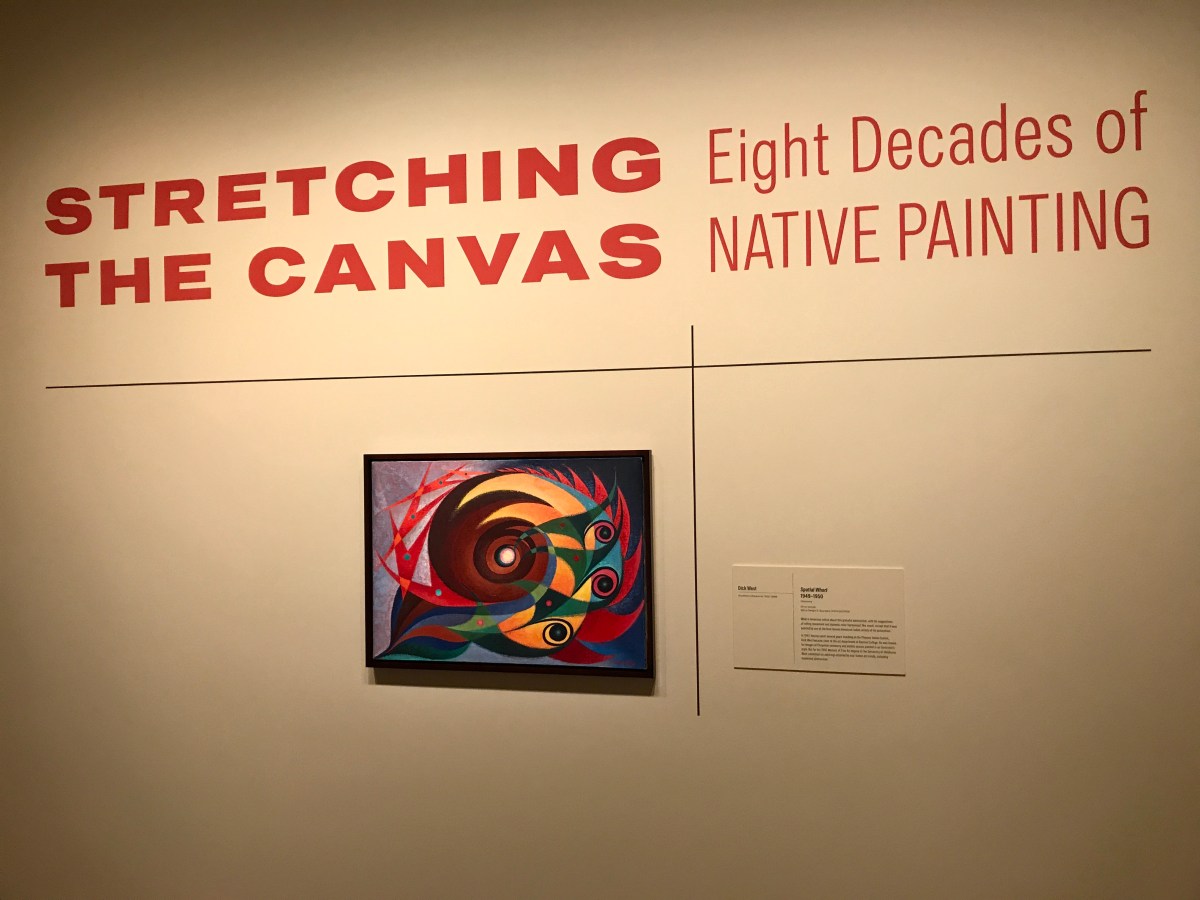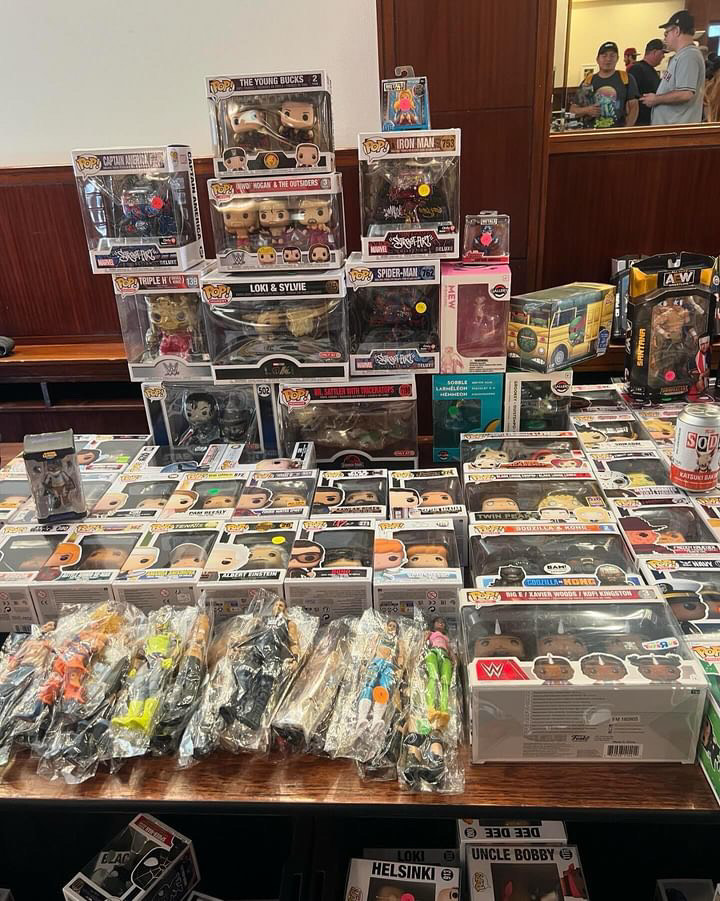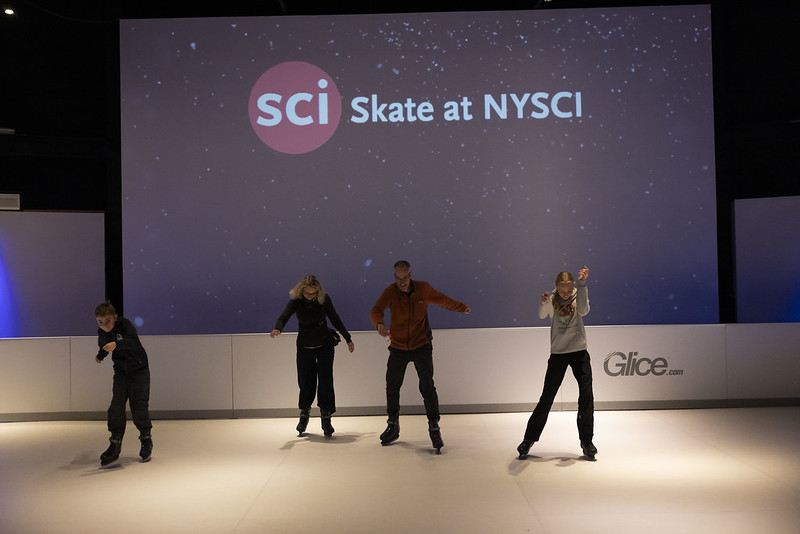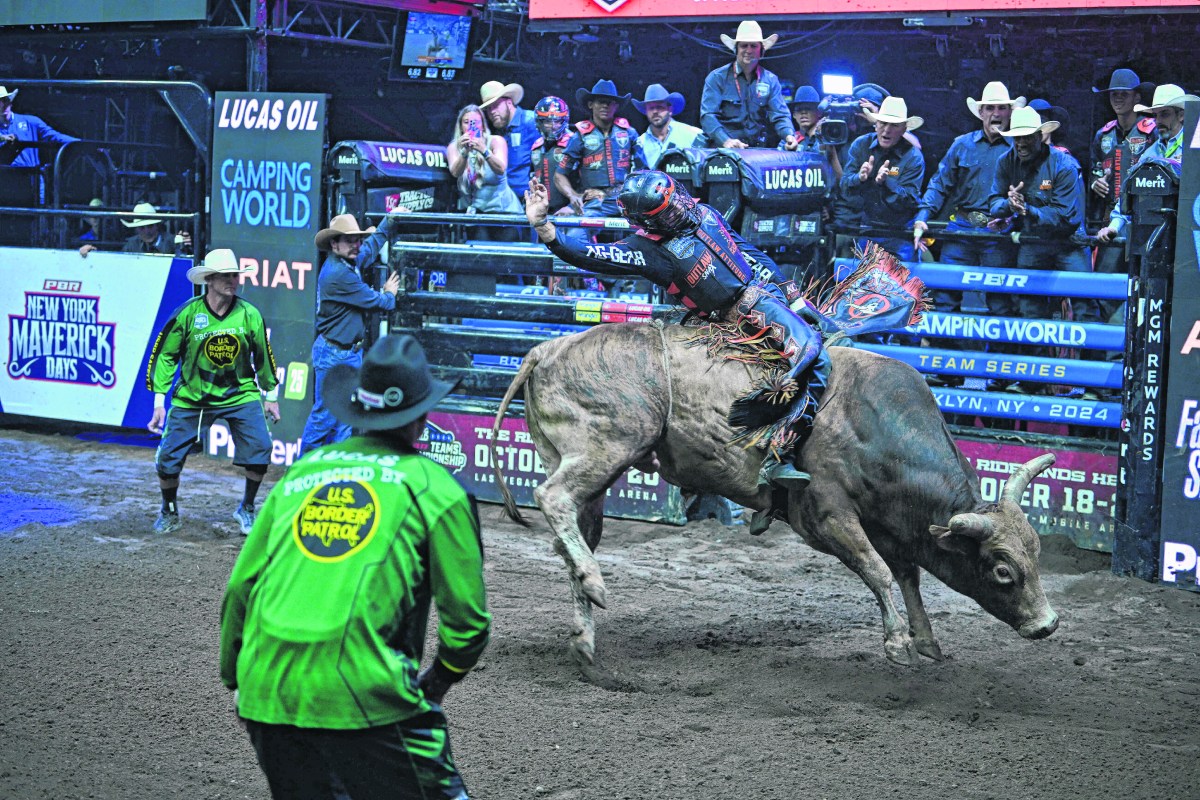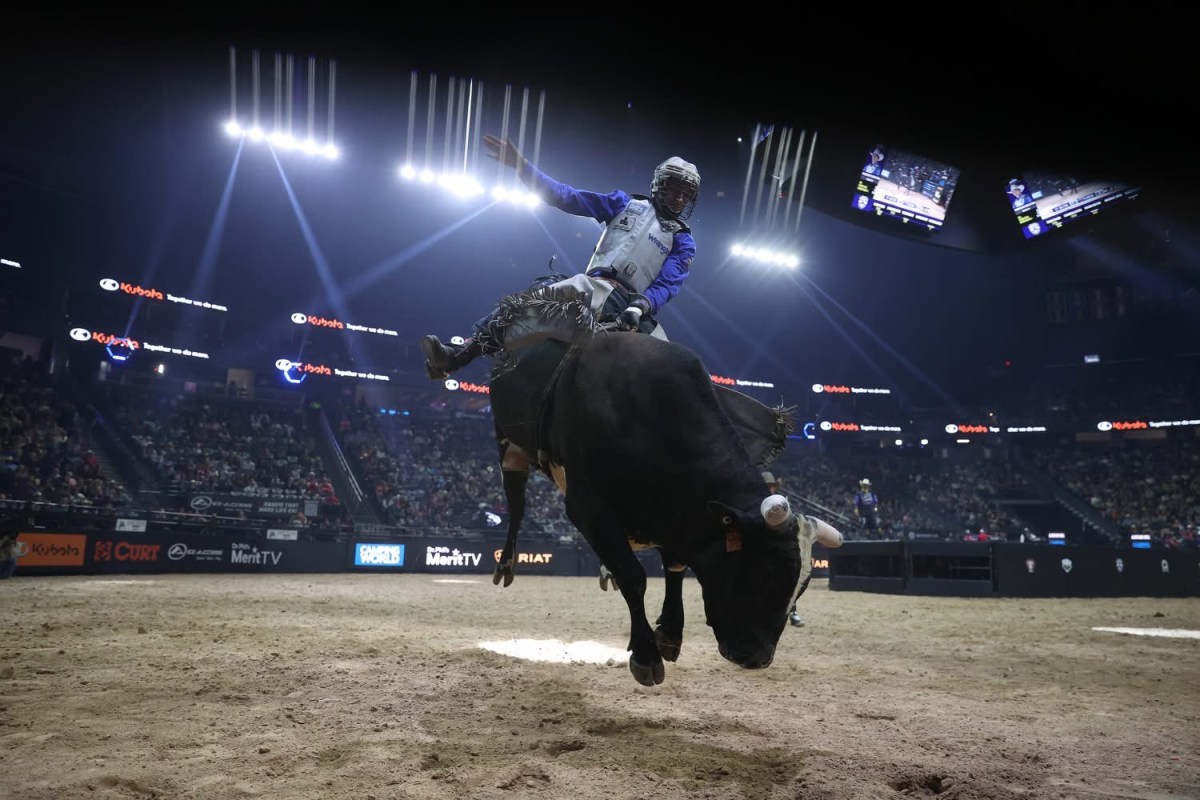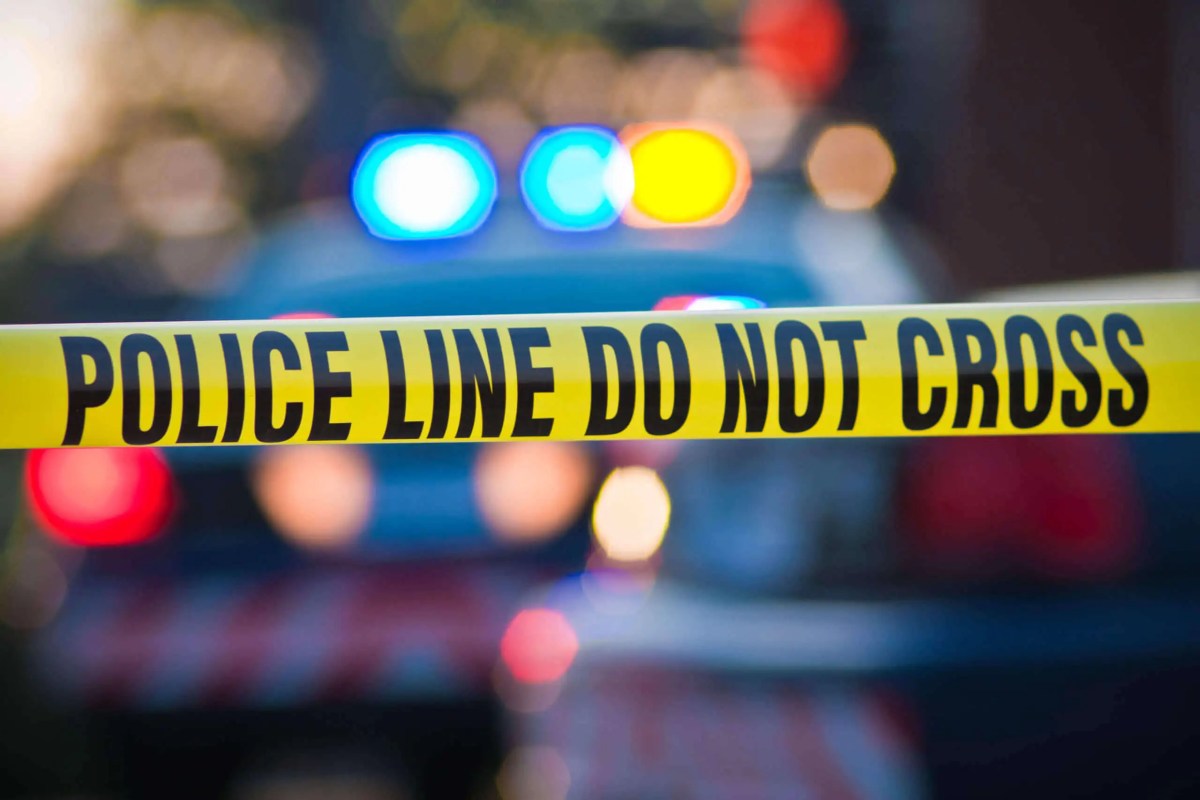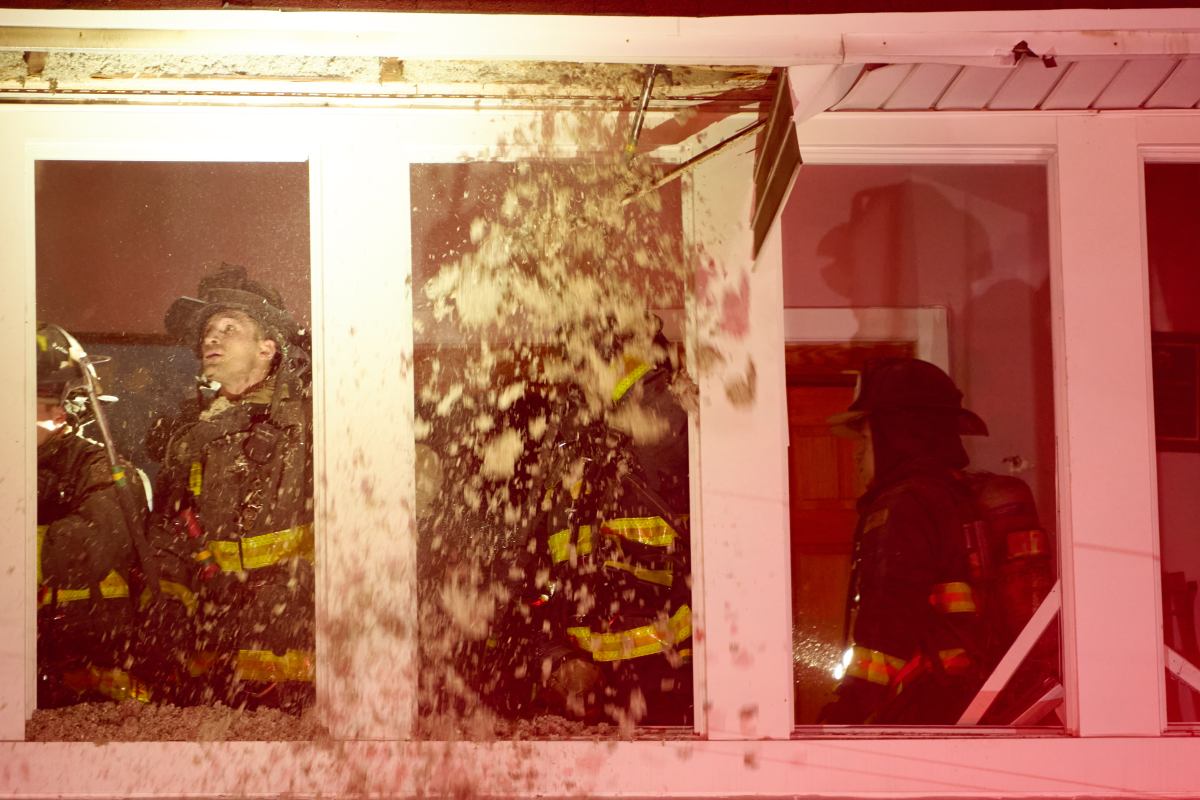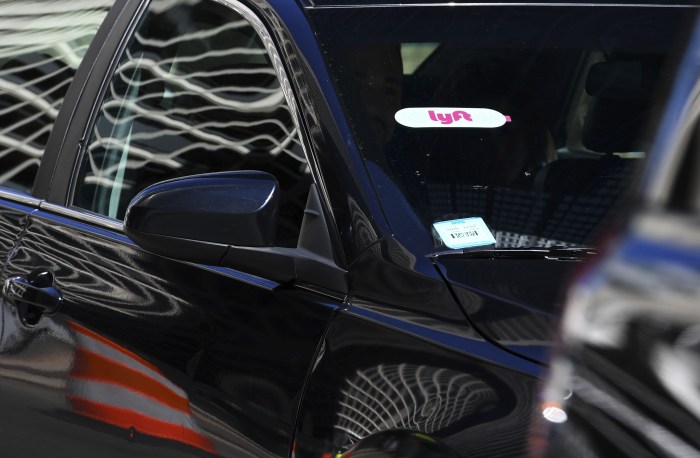A new exhibition at the National Museum of the American Indian in Lower Manhattan looks at Native American paintings and how their contributions to American art have been largely overlooked.
“Stretching the Canvas: Eight Decades of Native Painting,” opens Nov. 16 at the museum, which is at 1 Bowling Green near Battery Park. It includes nearly 40 paintings taken from the museum’s permanent collection, and highlights 20th century art movements that Native American painters participated in, often stretching boundaries of what is commonly considered Native art.
Periods of American art explored in the exhibit include modernist abstraction and Pop Art. The show points out that there have often been narrow restrictions of what is considered Native American art.
“If other Americans thought of Indian art at all,” the show’s introduction reads, “they envisioned basketry and ceramics.”
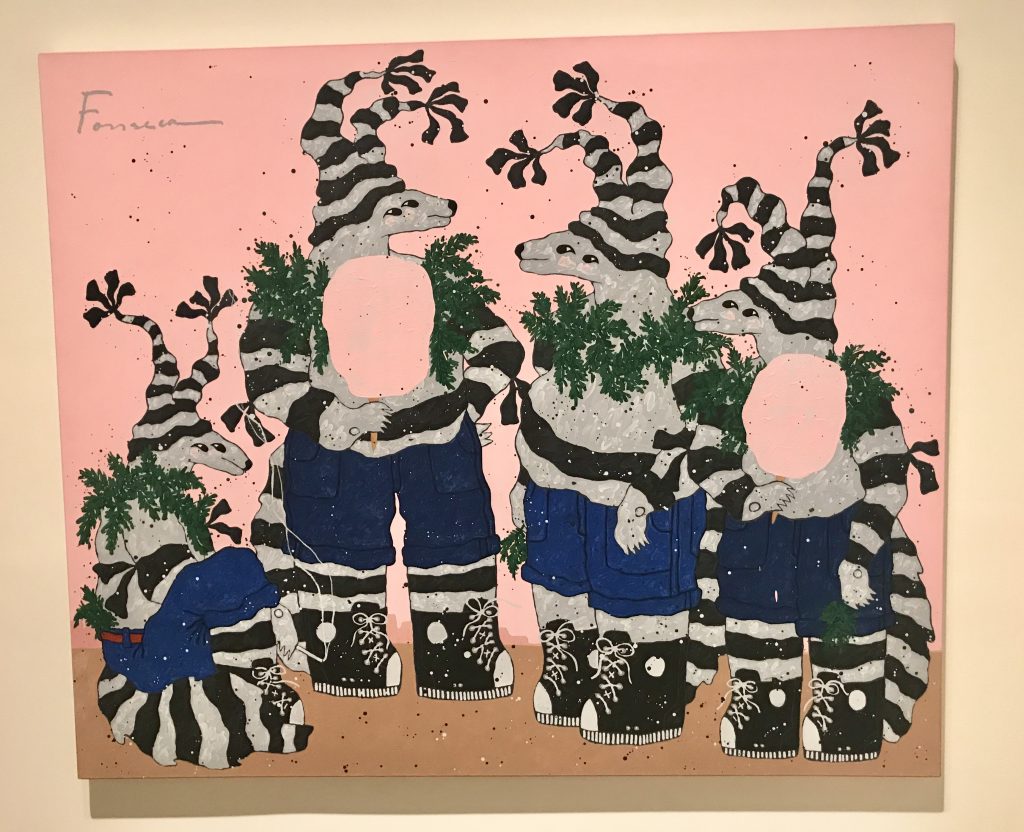
The goal of this show is to break those notions, according to lead curator David Penney.
“This is a very exciting moment to think about how a narrative of American art history includes what we see here,” he said. “American Indian art has not often been thought about or has been segregated.”
The exhibit outlines how art schools were started in Native communities in Oklahoma and New Mexico in the early 20th century, which were training grounds for artists and largely focused on incorporating traditional culture and using flatter styles.
“Artists began to chafe at those restrictions,” said Penney. He said the exhibit honors the older flat style, but also those artists who broke out to explore other techniques of modernism, including color, harmony and abstraction.
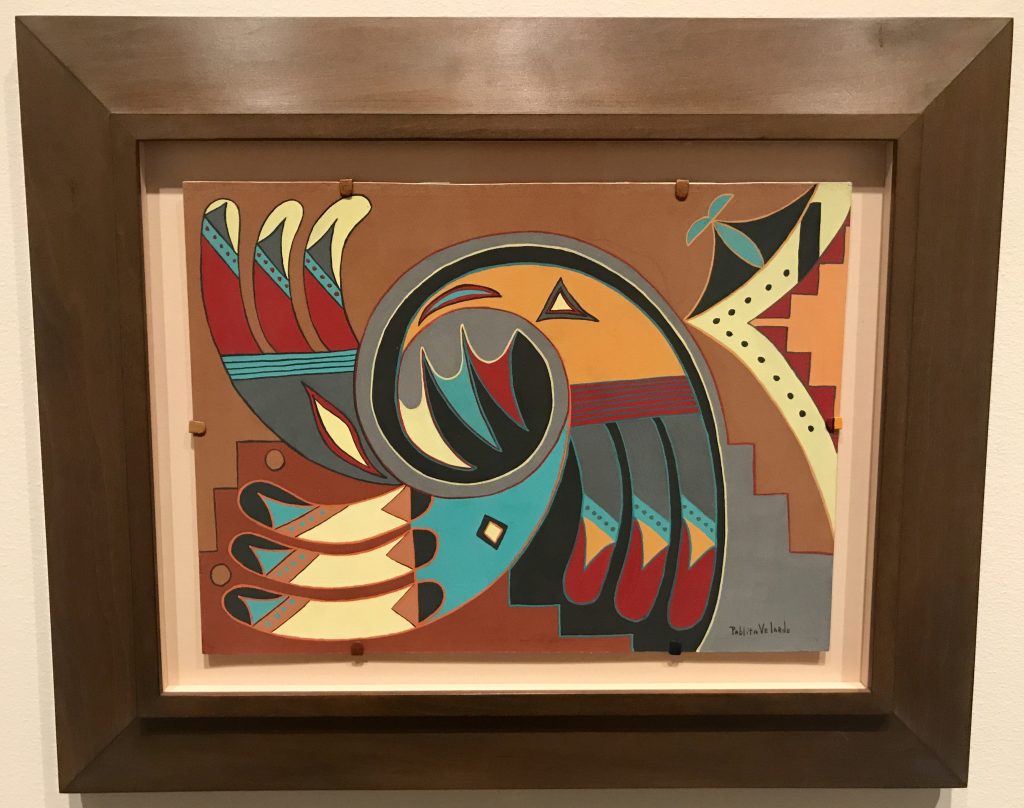
In 1962, the Institute of American Indian Arts was founded in Santa Fe, and taught modern movements like abstraction and Pop Art. Students often produced work that rebelled against conventions of Native American art, the show notes.
Artist Mario Martinez, whose 2004 painting “Brooklyn” is part of the show, said the exhibit can help to educate people about Native American art that has too often been ignored. “We’ve been here all along,” he said.
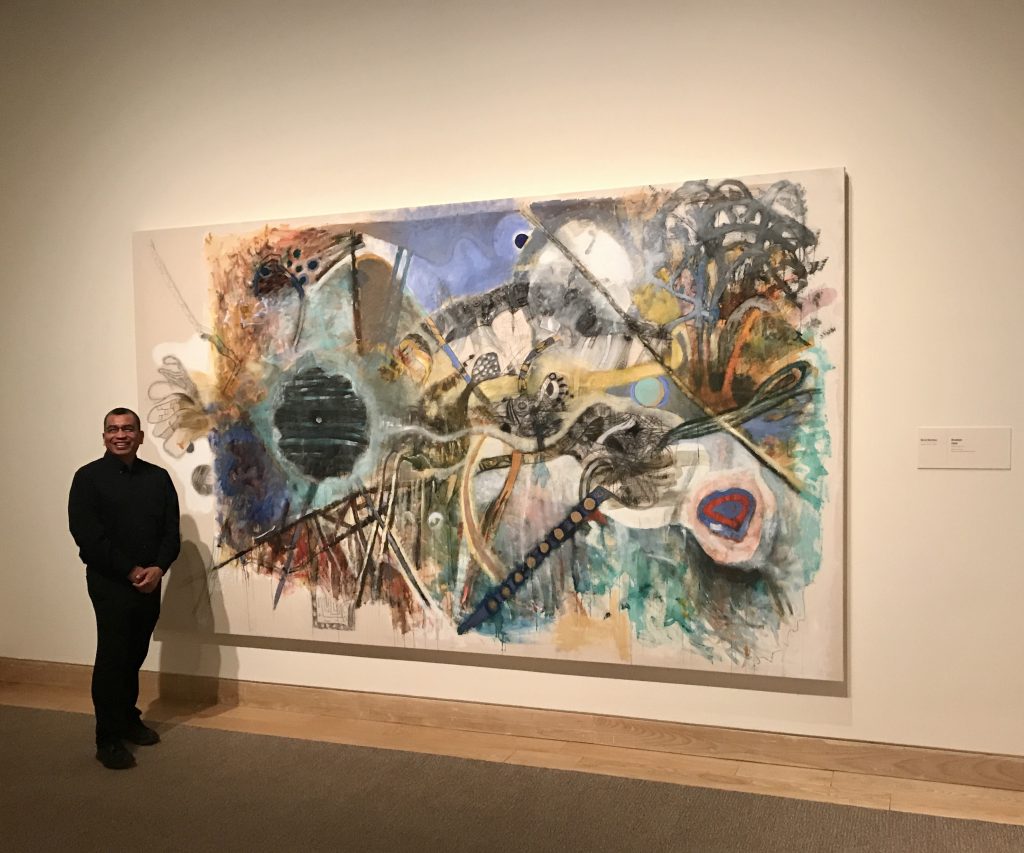
Martinez said he was glad to hear from many museum curators who said they were excited to see the exhibition.
“A show like this shows the history, but also connectivity to what was going on in the art world,” Martinez said. “It’s an opportunity to show we’ve been as good as anyone else.”
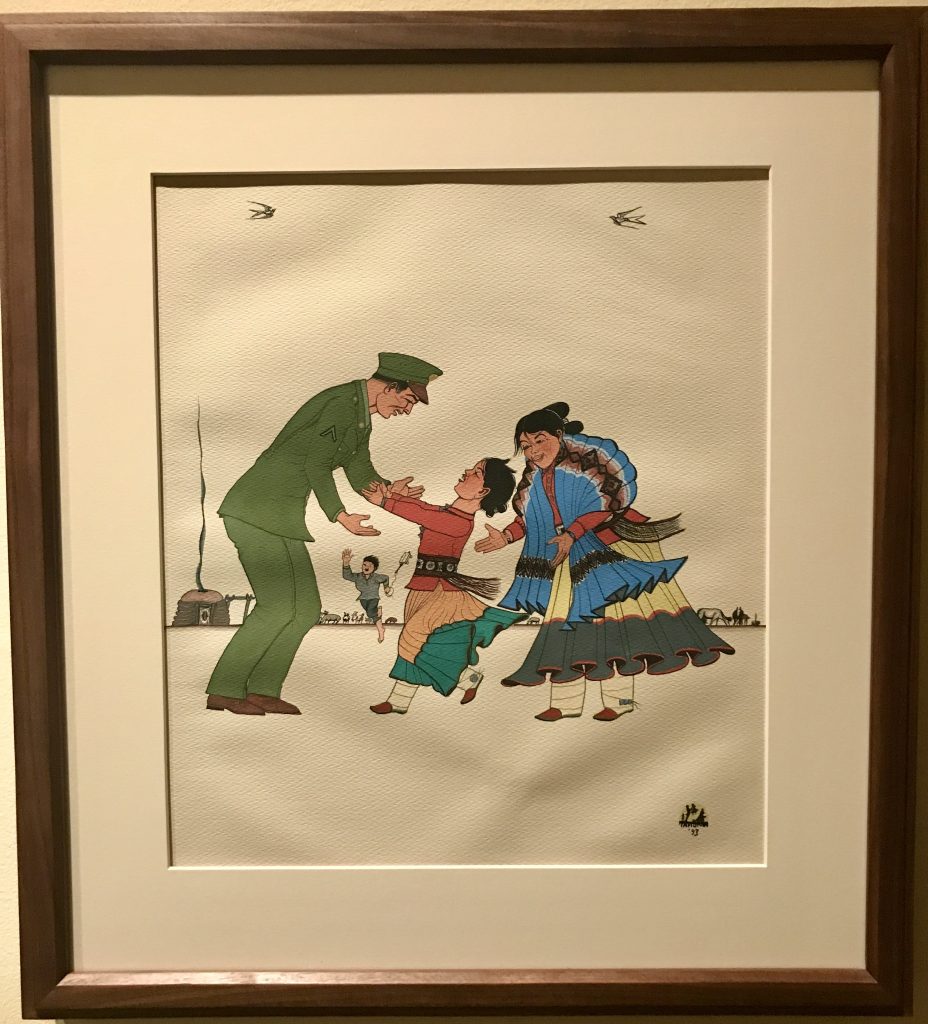
“Stretching the Canvas” will be at the National Museum of the American Indian until Fall 2021.



